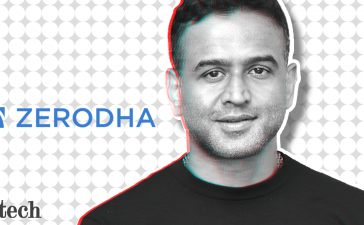Indeed’s Moisant says he has become more attentive to finding efficiencies and wringing out some of the complexities that were added during the strong growth and investment cycle that happened over the past several years.
Carco says she sees many CIOs taking similar approaches, adding that CIOs face a big challenge in this area.
“Technology continues to permeate business more deeply. IT has surged past being a helpful driver of productivity; it increasingly saturates all functions of the organization, including its relationship with customers,” she says. “Managing IT spend is increasingly difficult and requires cleanup of old technologies and relationships to ensure money is not wasted. This legacy cleanup now needs dedicated resources.”
10. Attracting and retaining talent
Attracting and retaining talent has long been a top issue for CIOs, yet Larry Bonfante, founder and CEO of CIO Bench Coach, says it not only continues to be an area of intense work but one that could become even more critical.
“It has always been an issue, but it’s exponentially more challenging and complex now,” he says.
There are two major reasons why, he says. First, baby boomers will be leaving the workforce in higher numbers in upcoming years with fewer younger workers to replace them. Second, today’s workers have different ideas on how, where, and when work should get done. For example, a growing number of people are opting out of traditional full-time positions and instead working as contract, or “gig,” workers. And many expect to have flexible hours and remote work options with some in-office opportunities.
“You have this confluence of issues coming together,” he says.
These dynamics mean CIOs must adapt their recruitment and retention strategies if they want to draw in and keep talent, Bonfante says.
“The smart leaders are creating a hybrid environment, so there’s enough human interaction but there’s still flexibility and autonomy,” he says, noting that savvy execs work to create schedules that work for each individual rather than have a one-size-fits-all policy.
Top CIOs take that same approach to retention strategies, tailoring training and advancement opportunities that incorporate individual worker’s career ambitions — and not just the organization’s own needs.
“Today you have to think about making each employee the best version of themselves,” he says. Yes, they may still leave for another job, but they’ll also be more likely to recommend the organization to colleagues looking for new jobs.
On a related note, those workforce dynamics coupled with the rapid adoption of new technologies such as AI have many CIOs working out how they can quickly reskill workers to handle emerging tasks — and how to reskill workers at scale, not just within IT but across the organization.
“CIOs are being asked to increase the tech fluency for the entire organization because technology is letting work be done differently. Processes are changing and decisions are being made differently because of technology. There is a chance to operate differently, and CIOs need to help bring employees along and help them learn and grow,” DiLorenzo adds.












